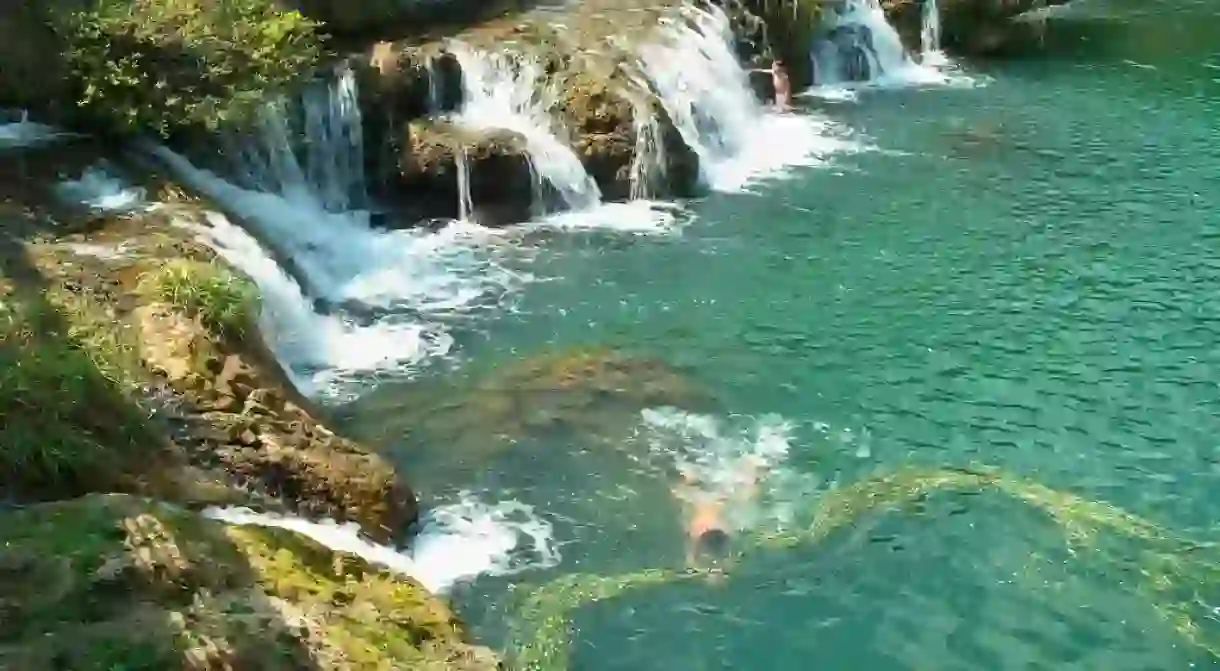An Introduction to China's Sui People

The Sui, also known as the Shui, are one of China’s 56 officially recognized ethnic groups. Their name means “water,” and it truly reflects their history and culture.
Homeland
Today there are around 330,000 Sui living in China (93 percent of whom live in Guizhou province in southern China, mostly in the Sandu Shui Autonomous County). Guizhou is one of the country’s most culturally diverse provinces, with the ethnic minority groups Miao and Yao making up over 37 percent of the population. It is also one of the nation’s poorest provinces, despite being rich in natural resources. The landscape is largely mountainous, and the region is home to a thriving ecosystem full of plant species native only to Guizhou.
History
Along with larger ethnic groups like the Zhuang, the Sui are descended from the ancient Baiyue, or “Hundred Yue,” a varied group of indigenous peoples living in southern China before the Han Dynasty. More specifically, the Sui are believed to be related to the ancient Luoyue, or Lạc Việt, who spread out across southern Guangxi and northern Vietnam during the Bronze Age.
The term Sui was given to the group during the Ming Dynasty and reflects the important role water plays in the Sui lifestyle to this day. Though the Sandu Shui Autonomous County is mountainous, the Sui live primarily along the Long and Duliu rivers. Additionally, water plays a part in Sui customs, beliefs, and language. In fact, the Sui language has over ten words for “fish.”
Throughout their early history, the Sui practiced slash-and-burn agriculture. With the introduction of more efficient farming equipment during the Ming Dynasty, however, the Sui were able to greatly increase their harvest and, in turn, their economic standing.
The community continued to benefit from succeeding regimes, particularly the Communists after 1949. The Communist Party, which was founded by several people, including a Sui man named Teng Enming, connected Sui villages with roads and waterways, founded local industries like coal mining and wine making, and established hospitals that greatly reduced the rate of malaria among the Sui.
https://www.instagram.com/p/BKvVSqUghvz/?taken-by=yanyi_cos
Culture
The Sui speak a language named after them, which belongs to the Kam-Sui language family. The most common dialect, Sandong, is noted for having over 70 consonants. All in all, the language is believed to have 300,000 native speakers, meaning that most Sui can still speak their indigenous tongue, even with the proliferation of Mandarin.
Ancestor worship overwhelmingly constitutes the religion among the Sui, who tie in shamanism and polytheism as well. The Sui are a superstitious people with many specific practices stemming from such beliefs. For instance, the meat of land animals is not to be eaten on or the night before the Duan Festival, as it is seen as an affront to the ancestors and could result in a reduced number of offspring.
When it comes to local fashion, most clothing is traditionally blue in color and made of cotton. Women normally wear black head coverings, but switch to white for three years when they are in mourning.
The Duan Festival is the most important holiday in the Sui calendar and corresponds to the Chinese New Year. To celebrate, villagers offer sacrifices to their ancestors, watch horse races, sing, dance, and eat fish.
https://www.instagram.com/p/BixxK5anmiZ/?tagged=shuipeople













